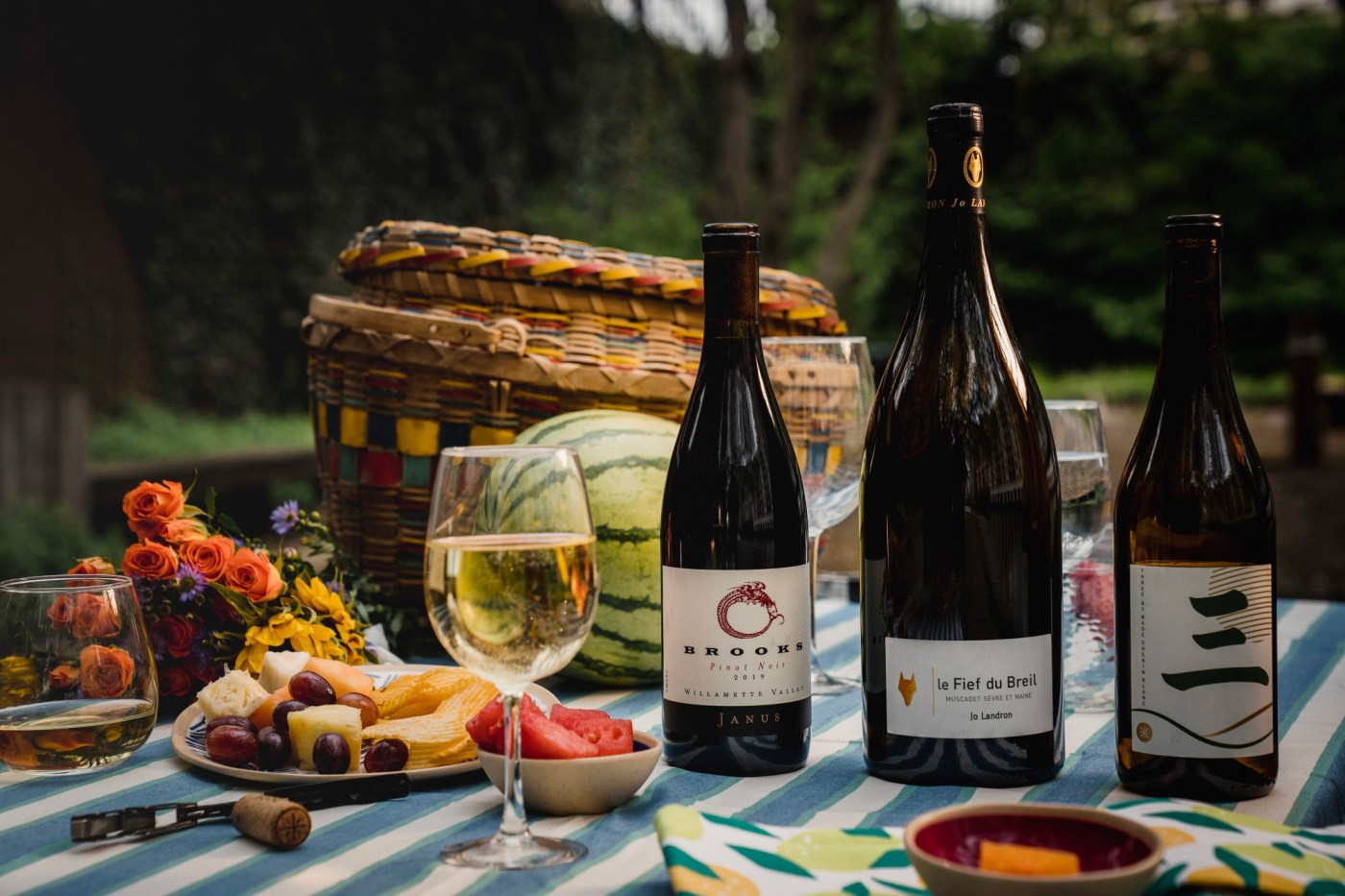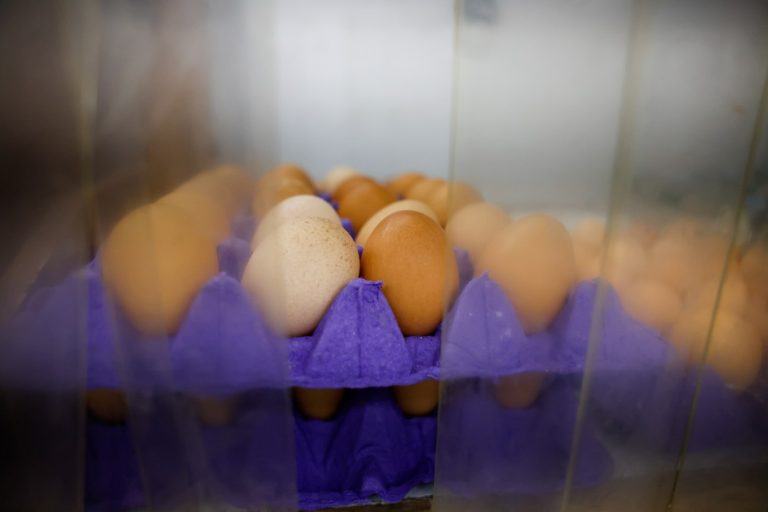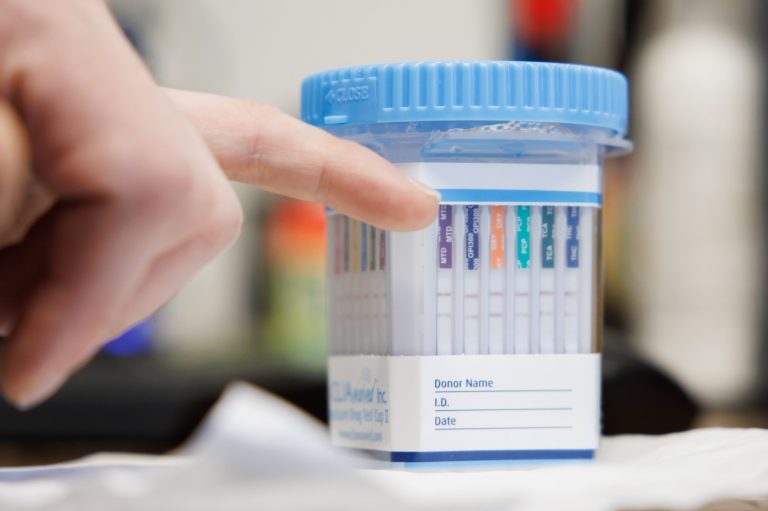Choosing a bottle of wine can be a stressful task. Especially when that wine is meant for someone else.
If you’re daunted by trying to decide what wine to bring to a party, the perfect bottle for a hard-to-please mother-in-law or something to entice a prospective paramour, consider some tried-and-tested tips from these wine experts.
Surefire party hits
When selecting a wine to bring to a party, Chasity Cooper, a communications strategist and wine and culture writer, turns to trusted favorites.
“Pinot noir from Oregon always delivers,” says Cooper, who recently published the “Wine Convo Generator,” a mix-and-match guide to describing wines like a sommelier. You’ll find pinot noir with this “twist of brightness” from cool-climate regions such as the Willamette Valley, she says. It’s an effortless, juicy choice that appeals to both novice wine drinkers as well as connoisseurs, whether you’re at a dinner party or a summer cookout, Cooper explains.
For a go-to white wine, “it’s fine to keep hanging out in sauvignon blanc or pinot grigio-land,” Cooper says. But if you’re looking for something “a bit more next level,” Cooper likes to nudge friends out of their comfort zone with less ubiquitous varieties such as albariño, chenin blanc or torrontes. They’re friendly, unpretentious wines that are dry in style and refreshingly fruity, but with an added boost of texture, aroma and flavors.
Jonas Bittencourt, general manager and wine director of John’s Food and Wine in Chicago, says “a magnum of wine should be the default move for anyone showing up at a party.”
Magnums, equivalent to two standard 750-millimeter bottles, instantly electrify the vibe of a party. “The bigger the bottle, the cooler you’ll look,” Bittencourt says with a laugh. And while large-format bottles might look grandiose, many offer surprising bang for your buck.
Bittencourt often turns to magnums of Muscadet, the dry, mineral whites made from melon de Bourgogne in the Loire Valley. Compared with a similarly well-made Sancerre or white Burgundy, “a magnum of Muscadet seems dirt cheap,” Bittencourt explains. “Muscadet is so bright and fresh, it matches the acidity and fruit that people look for in pinot grigio, sauvignon blanc or chardonnay,” he says, but with a liveliness of character that’s distinct.
For reds, Bittencourt suggests Beaujolais. Produced just south of Burgundy in France, gamay from Beaujolais “is such a fleshy red, it’s so versatile and fun,” Bittencourt says. As a bonus, even a magnum-sized Beaujolais is likely cheaper than a standard bottle of similar quality wine from Burgundy.
What to bring when the pressure’s on
Choosing wine can be especially intimidating when there’s someone specific to impress. After all, what will charm the sister-in-law who stubbornly drinks only one specific wine? What will dazzle an oenophile who has a cellar full of wine and a whole lot more money than you?
For the hard-to-please wine drinkers in your life, don’t fight their resistance, Bittencourt says. “Always give people what they want,” he says. Still, that doesn’t mean you can’t bring a second bottle to tempt someone out of a rut. The key is to approach the resistance with openness, he says. For the Anything-But-Chardonnay diehard, Bittencourt will oblige, but he’s also likely to offer a sneaky sip of Chablis. Yes, it’s also a chard, but a striking contrast to the sappy oak bombs that most ABC’ers fear. “Just don’t tell them what they’re drinking because the barrier of preconceived notions is really strong,” he says.
When you’re buying wine for a wine snob who already owns all the wines they love, forget about trying to compete, both Cooper and Bittencourt suggest. Instead, “I’m going funky, I’m going fun,” Cooper says, introducing a wine she’s sure the recipient would never encounter on their own. Even veteran wine drinkers appreciate discovering new wines or hearing unique stories about the people and places that produce unusual or lesser-known bottlings. For someone who drinks only big-name, Bordeaux-style wines, Cooper might suggest similar wines from a small, family-owned producer in Washington or California, or wines focused on an underdog grape of Bordeaux, such as cabernet franc.
After all, wine isn’t just about filling glasses, it’s about delighting and surprising your friends, too.












